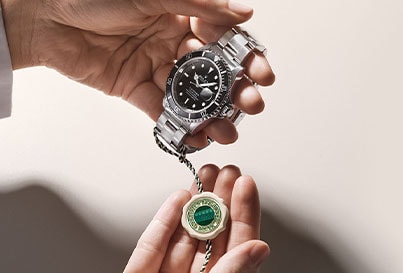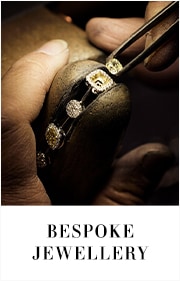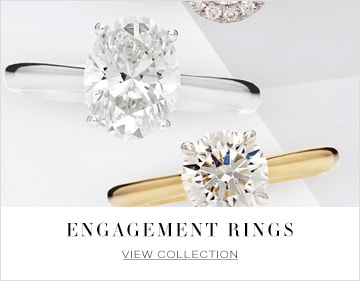-
Watches
By Category
Anytime. Anywhere.
By Collection
By Brand
-
Rolex
By Category
By Collection
- Rolex Certified Pre-Owned
- Pre-Owned & Vintage
-
Brands
Watch Brands
Jewelry Brands
-
Jewelry
By Metal
By Gemstone
By Collection
By Brand
-
Engagement
By MetalBy StyleBy Cut/ShapeBuild Your Ring
-
Wedding
By MetalWedding JewelryEditorial
- Sale
-
Sell Your Watch
Sell Your Watch
We will expertly assess your watch and offer you
a competitive and accurate valuation for the
watch you wish to sell to us.Free valuation by our experts
Unrivalled knowledge & expertise
Competitive prices offeredBrands we buy
A. Lange & SohneAudemars PiguetBlancpainBreguetBreitlingCartierIWC SchaffhausenJaeger-LeCoultreLonginesOMEGAPatek PhilippeRolexHeuerTudorVacheron Constantin - Stores
- Shop by Category
-
Watches
- Back
- Shop All Watches
- By Category
- Anytime. Anywhere.
- By Collection
-
By Brand
- Rolex
- Angelus
- Arnold & Son
- Berd Vay'e
- Blancpain
- Bovet
- Breitling
- BVLGARI
- Cartier
- DOXA
- Girard-Perregaux
- Grand Seiko
- Hamilton
- Hublot
- ID Genève
- IWC Schaffhausen
- Jacob & Co
- L’epee 1839
- Longines
- Luminox
- Nivada Grenchen
- OMEGA
- Oris
- Panerai
- QLOCKTWO
- Rado
- Raymond Weil
- Reservoir
- Speake Marin
- TAG Heuer
- Tissot
- Tudor
- Ulysse Nardin
- William Wood Watches
- WOLF
- Zenith
- Rolex
- Rolex Certified Pre-Owned
- Certified Pre-Owned
-
Brands
- Back
- View All Brands
-
A-Z
- Rolex
- Angelus
- Arnold & Son
- Berd Vay'e
- Bijoux Birks
- Blancpain
- Bovet
- Breitling
- BVLGARI
- Carlex
- Cartier
- CHANEL
- Di Modolo
- Dinh Van
- DOXA
- FOPE
- Girard-Perregaux
- Goshwara
- Grand Seiko
- Gucci
- Hamilton
- Hearts on Fire
- Hublot
- ID Genève
- Ippolita
- IWC Schaffhausen
- Jacob & Co
- J Fine
- L’epee 1839
- Longines
- Luminox
- Mappin & Webb
- Marco Bicego
- Massena LAB
- Mayors
- Messika
- Mikimoto
- Nivada Grenchen
- Nouvel Heritage
- OMEGA
- Oris
- Panerai
- Parmigiani Fleurier
- Paul Morelli
- Pasquale Bruni
- Penny Preville
- Persée
- Pomellato
- QLOCKTWO
- Rado
- Raymond Weil
- Reservoir
- Roberto Coin
- Royal Asscher
- Serafino Consoli
- Speake Marin
- Tabayer
- TAG Heuer
- Tissot
- Tudor
- Ulysse Nardin
- Uneek
- William Wood Watches
- WOLF
- Zenith
- Jewelry
- Engagement
- Wedding
- Sale
- Sell Your Watch
- Stores
- My Account
- Wishlist
- Store Finder
- Request an Appointment
- Help & Support
How the original jetset made pilot’s watch owners of us all
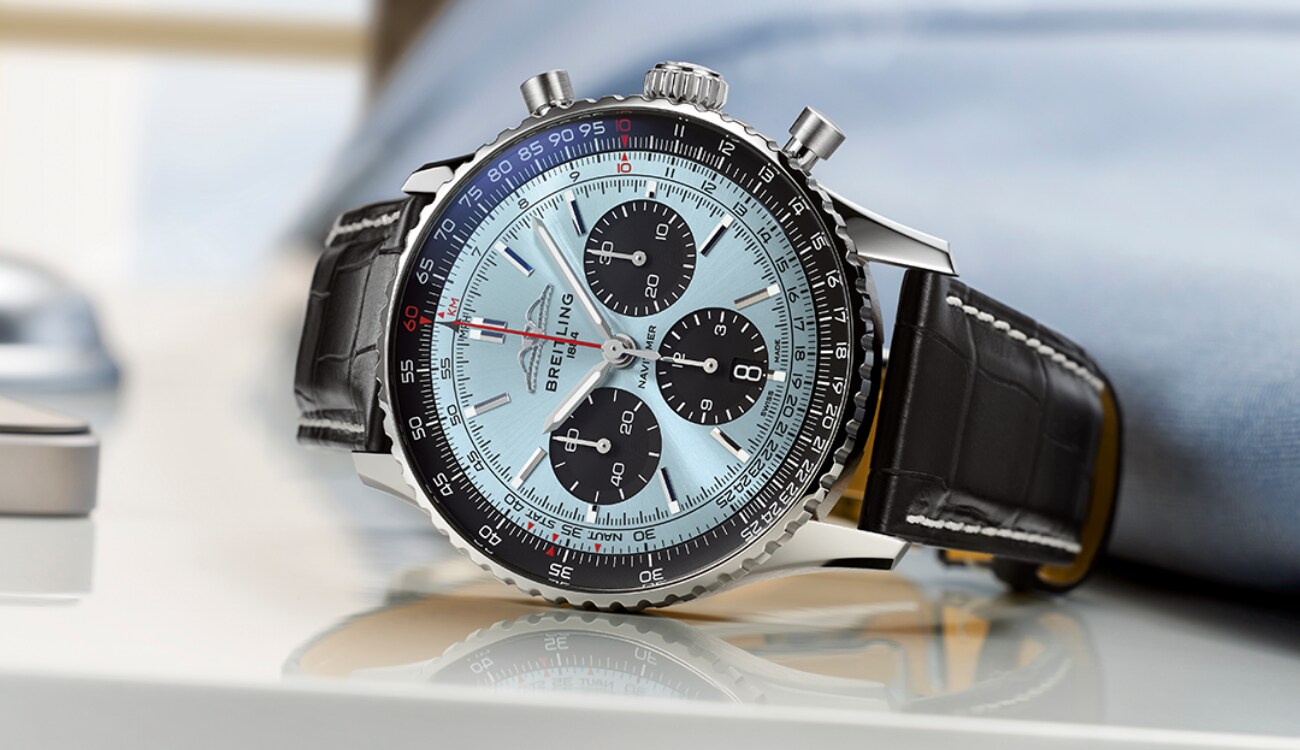
Events of the last two years have left many of us us itching to take to the skies and head for far-flung lands in a way that might have been more familiar to a giddy jet-set some 70-odd years ago, when civil aviation and passenger jet travel was opening the world up in ways few had ever dreamed possible.
The stars of this new globetrotting generation were the commercial pilots themselves. Tanned and decked out in a uniform of bomber jacket and Aviators, most if not all played to the stereotypical men of action (and they were all men), deemed to be skilful, quick and fearless. They could handle pressure, and they were known to be well paid, too.
But what they didn’t have were sophisticated computers capable of making rapid essential in-flight calculations – airspeed, flight time, range, distance, fuel consumption, climb and descent rate, and so on. As vital as the skills of the pilot were those of the navigator, whose job was to make sure a plane arrived at its destination before it ran out of fuel.
Among those to address this problem was Willy Breitling, owner of the eponymous Swiss watchmaker. By the early 1950s, Breitling had already proved itself among aviators. Having pushed the development of the wristwatch chronograph in the early part of the 20th century, come the 1930s it turned its hand to creating hardy timekeepers for the new heroes of the skies. It made pieces for the RAF, and during the war supplied devices to the makers of legendary British aircraft, including the Spitfire and Lancaster. After the war, it would work with Boeing, Douglas and Lockheed, partnerships that would propel its fortunes skywards.
But its defining moment would come in 1952 with the development of a watch designed to handle those testy fight-deck calculations: the Navitimer. The clue to its unique function was in the name, a portmanteau of the words ‘navigation’ and ‘timer’. It was a steel chronograph, but its standout feature was its circular slide rule bezel, a calculator for the wrist. In the hands of a novice, it was a flurry of lines and numbers. But in those of a skilled navigator, the Navitimer would become an indispensable tool.
Breitling wasn’t operating alone. Behind the scenes, it had been working with the Aircraft Owners and Pilots Association, or the AOPA, a global organization that has since become the largest of its kind. Having worked together with Breitling on the development of the watch, in 1954, the AOPA adopted the Navitimer as its official watch. This leant it unprecedented credibility and put it in sight of pilots all over the world, who gratefully bought into its functionality – and its style.
Its credentials were boosted further when on 24 May 1962, Mercury astronaut Scott Carpenter wore a Breitling Navitimer Cosmonaute Reference 809 in space. Carpenter became the second American to orbit the Earth, while his 24-hour-dial Navitimer – bearing the AOPA’s winged logo on the dial – became the first Swiss watch and first chronograph worn in space. Two years earlier, John Glenn had been the first, but while he took a Heuer into space, its only function was as a stopwatch.
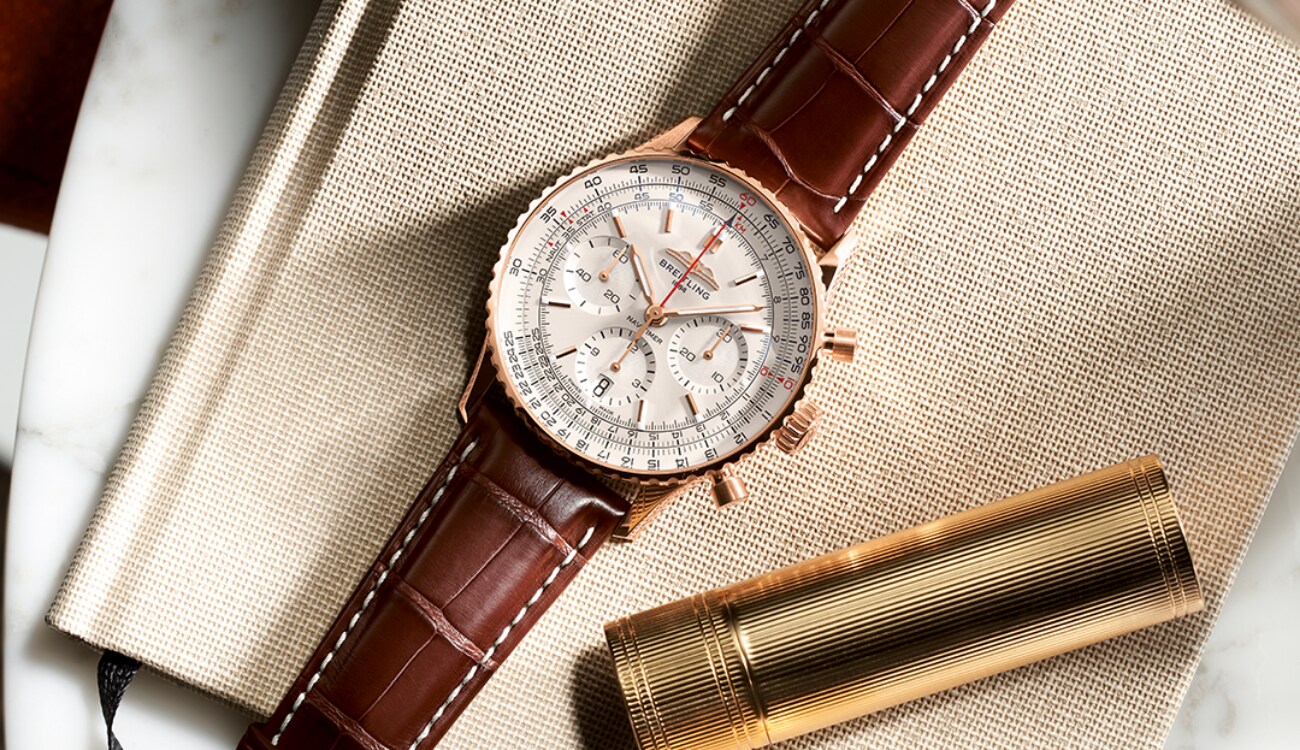
Down the years, the need for the Navitimer’s function has been greatly diminished by the advent of electronic cockpit instruments. But what hasn’t diminished is its power to evoke the same sense of authority and command. The Navitimer remains a symbol of adventure and, frankly, of high-functioning people. Luminaries of art, music and sport have all fallen under and enhanced its spell – Miles Davis, Serge Gainsbourg, Jim Clark and Graham Hill were all spotted wearing a Navitimer. Those who wear one today may have no idea how to use that circular slide rule, but the promise that they might is enough to convey on them a certain esteem.
Now in its 70th year, the Navitimer is reborn. A new collection arrives this week, channeling the brand’s “modern-retro style” and picking up on some of the original’s design cues. For example, the new pieces – which come in 46mm, 43mm and 41mm cases – restore the AOPA’s winged logo to the dial. They also hide the date window away in the chronograph counter at 6 o’clock so that the dial becomes more like the original.
But otherwise, the famous circular slide rule remains, as does the Navitimer’s inimitable silhouette, defined by its slimline notched bezel, those lugs that slip so elegantly away from the case, and the vintage chronograph pump pushers. Naturally, today’s iterations carry Breitling’s current-day B01 Chronograph calibre, a 70-hour automatic that has been reliably and accurately (it’s chronometer-certified) powering the brand’s chronographs for more than a decade now.
Like fireworks, the new collection explodes into life in a panoply of color – there are dials in black, blue, green, silver, copper, ice blue and even a mint green. Most are steel, but the addition of red gold models serves as a reminder that in today’s world, the Navitimer is every bit as much a style statement as a practical tool.
Rejuvenated and yet still its ageless self, at 70-years-old, the Navitimer is more than an iconic Breitling. It’s an iconic watch.
Discover more from Breitling here at Mayors.


